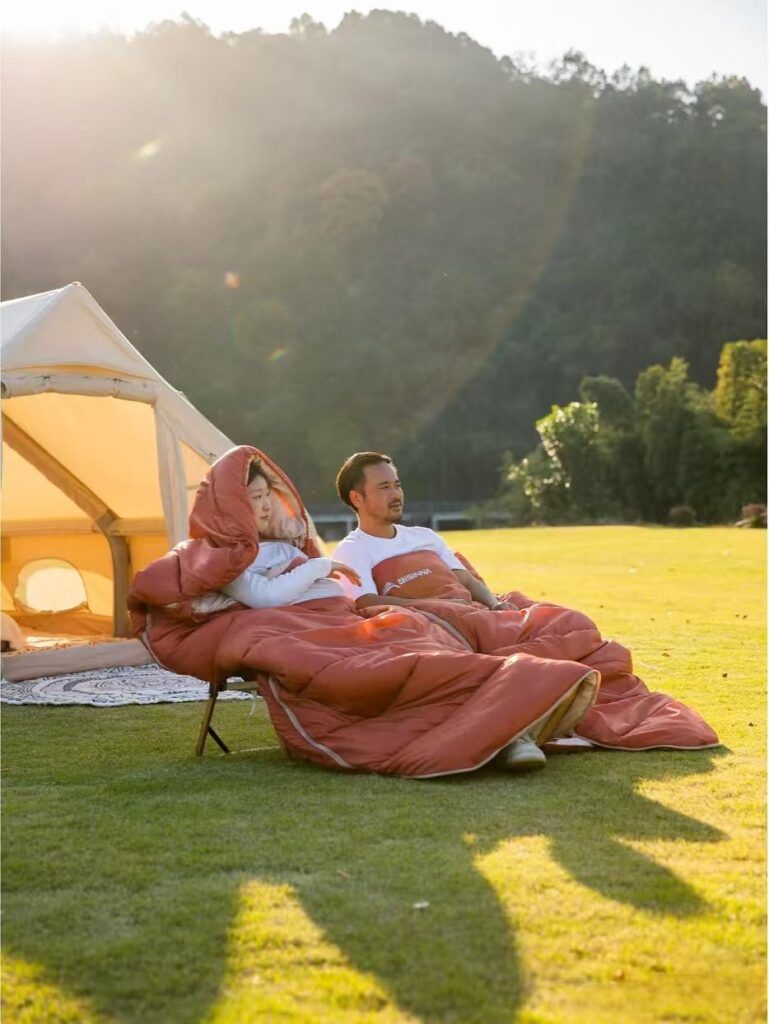Camping is an incredible way to connect with nature, but having the right tent can make or break your experience. With so many options available, choosing the perfect tent requires careful consideration of size, material, and key features. In this guide, we’ll break down everything you need to know before purchasing your ideal camping tent.
1. Determine the Tent Type
Different tents serve different camping styles. Here are some of the most common types:
- Backpacking Tents – Lightweight and compact, designed for hikers who need to carry their gear over long distances.
- Dome Tents – Popular for general camping, easy to set up, and provides good wind resistance.
- Cabin Tents – Spacious and tall, great for family camping but heavier and less resistant to harsh weather.
- Tunnel Tents – Long and roomy, providing excellent space for larger groups but require careful staking for stability.
- Pop-Up Tents – Ideal for quick and easy setup, best for festivals or short trips but not for extreme conditions.
2. Consider the Size and Capacity
Tent sizes are typically measured by how many people they can accommodate. However, a 4-person tent may feel cramped with four adults, so consider sizing up for extra comfort. Also, factor in additional space for gear storage.
- Solo Camping: 1- to 2-person tent
- Couples: 2- to 3-person tent
- Families: 4+ person tent
- Group Camping: Large multi-room tents
3. Choose the Right Material
- Nylon & Polyester: Lightweight and affordable but less breathable. Ensure it has a waterproof coating.
- Canvas (Cotton): More durable and breathable but significantly heavier. Best for long-term camping.
- Poly-Cotton: A mix of polyester and cotton, balancing durability and weight.
Waterproofing and Weather Resistance
- Look for a tent with a high hydrostatic head rating (1,500mm+ for decent waterproofing).
- A rainfly (outer waterproof cover) is essential for wet conditions.
- Sealed seams and bathtub-style floors help prevent leaks.
4. Ventilation and Climate Considerations
- For summer camping, choose a tent with large mesh windows and good airflow.
- For winter camping, opt for a 4-season tent designed to withstand snow and strong winds.
- For humid climates, ensure multiple ventilation points to reduce condensation.
5. Ease of Setup and Portability
If you’re setting up alone or want a quick pitch, consider:
- Freestanding tents (no need for stakes, easy to move around).
- Instant or pop-up tents (quick setup but limited durability).
- Color-coded poles for easier assembly.
For backpackers, prioritize a lightweight tent (under 5 lbs) and compact packing size.
6. Additional Features to Look For
- Vestibules and Porches – Extra covered space for gear storage.
- Multiple Doors – Useful for larger groups to avoid crawling over each other.
- Interior Pockets and Hooks – Helps organize gear inside the tent.
- Blackout Technology – Blocks sunlight for better sleep.



